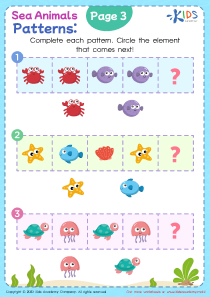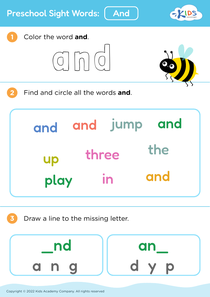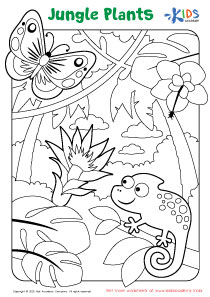Visual Perception Skills Preschool Worksheets
8 filtered results
-
From - To
Enhance your child's learning journey with our engaging Visual Perception Skills Preschool Worksheets! Designed specifically for young learners, these worksheets focus on developing vital visual discrimination and spatial awareness. Through a variety of fun activities, children will improve their ability to recognize shapes, patterns, and colors, laying a strong foundation for future learning. Our colorful and interactive sheets keep kids motivated while reinforcing essential cognitive skills such as sorting, matching, and identifying differences. Perfect for parents and educators, these printable resources make learning enjoyable and effective, helping your preschooler thrive in early education. Explore our collection today and watch your child excel!
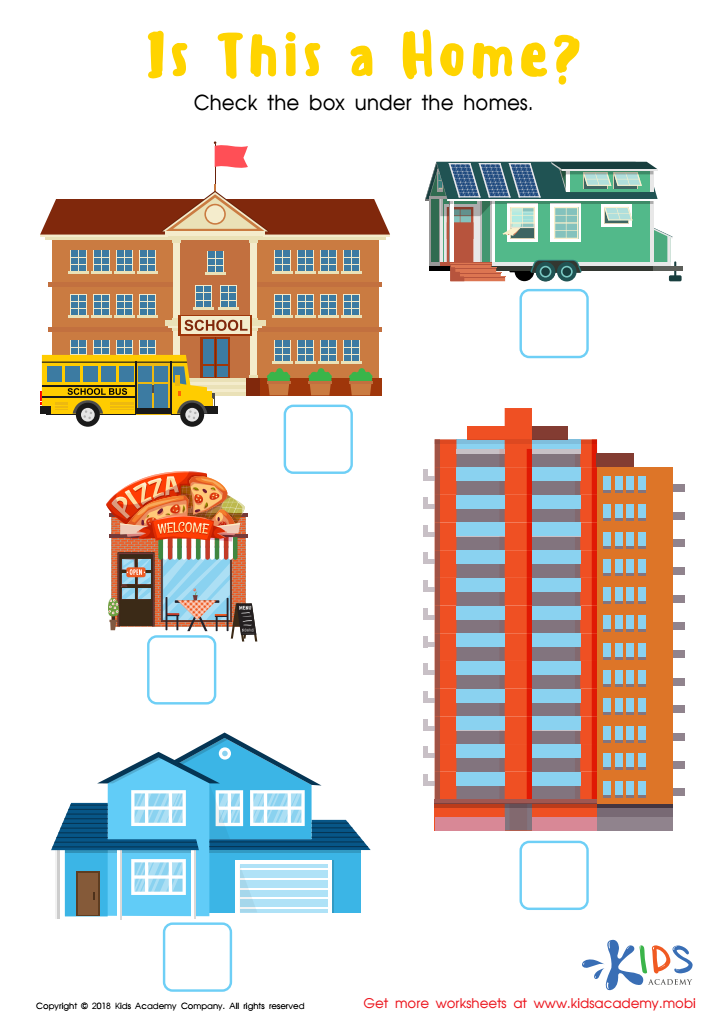

Is this a Home? Worksheet
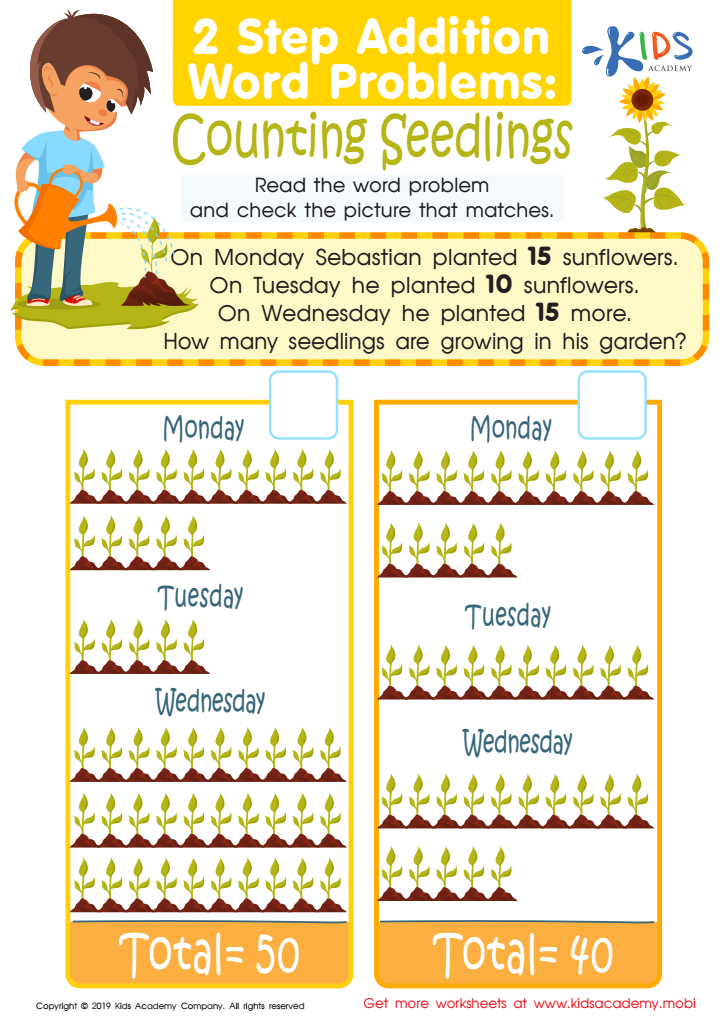

Counting Seedlings Worksheet
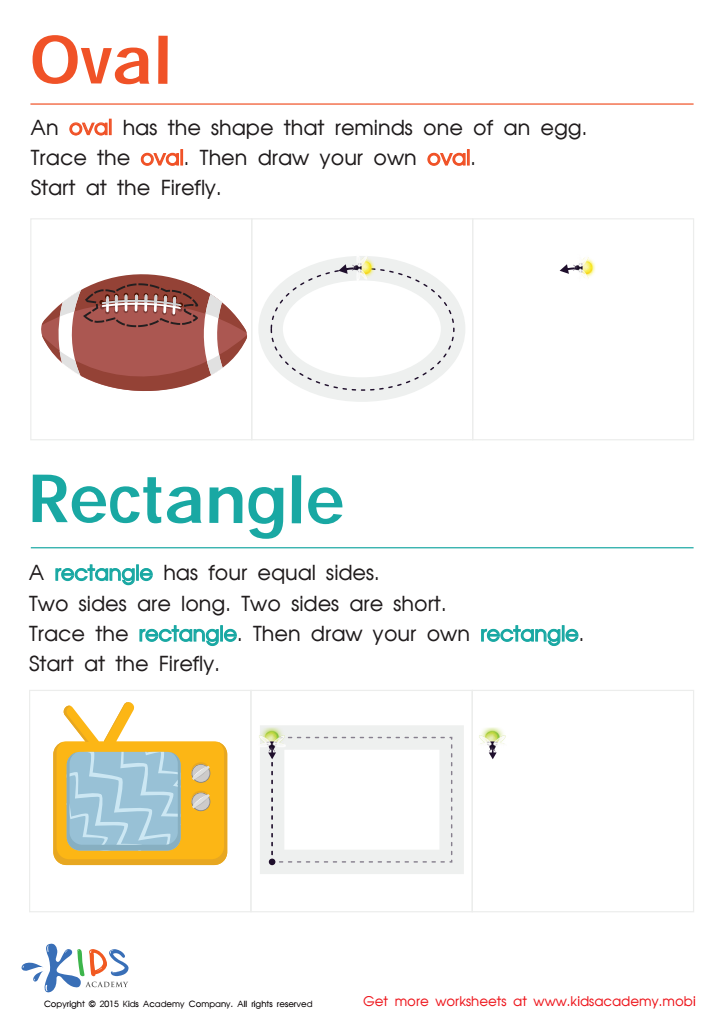

Easy Drawing of Ovals And Rectangles Worksheet
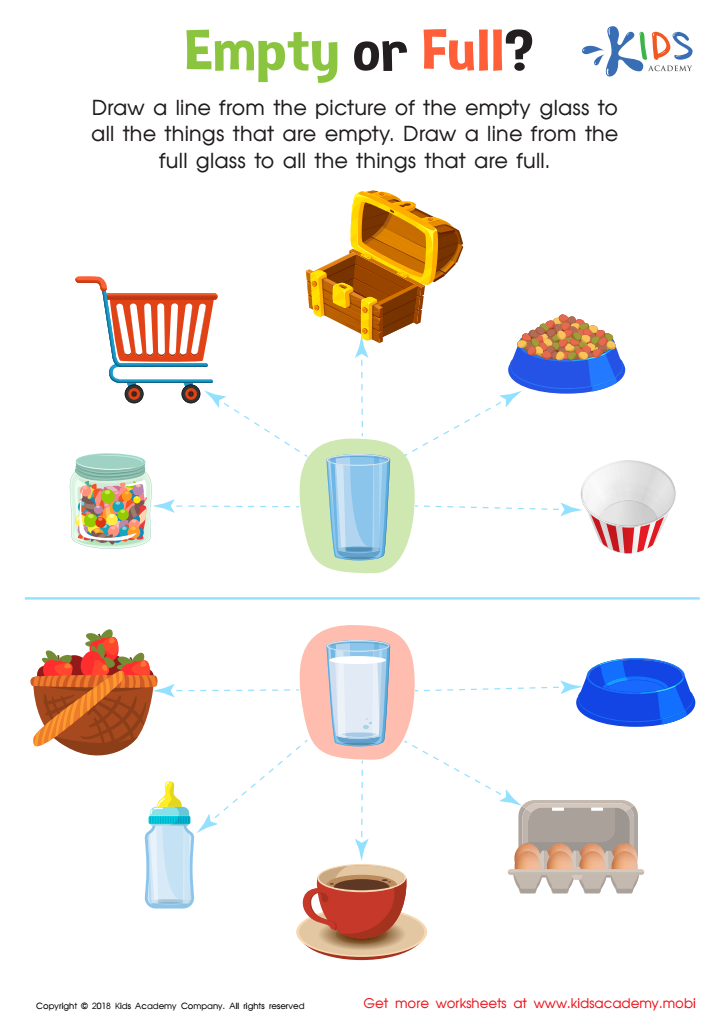

Empty or Full? Worksheet
Visual perception skills are crucial for preschool children's development as they lay the foundation for effective learning and later academic success. These skills enable children to interpret and make sense of what they see, which is essential for various activities like reading, writing, and problem-solving. Parents and teachers should prioritize visual perception development for several reasons.
First, strong visual perception skills contribute to children's ability to recognize letters, shapes, and patterns, all of which are vital for early literacy. Children who struggle with visual perception may find it challenging to distinguish between similar letters or numbers, hindering their reading and math skills.
Second, visual perception is linked to fine motor skills, essential for writing and drawing. Activities that enhance these skills can boost hand-eye coordination, making it easier for young learners to engage in various classroom tasks.
Finally, good visual perception fosters independence and confidence. Children who can accurately interpret visual information are more likely to explore their environment, follow instructions, and participate actively in classroom activities. By nurturing these skills, parents and teachers can create enriched learning experiences that promote cognitive growth and prepare children for future academic challenges.
 Assign to My Students
Assign to My Students
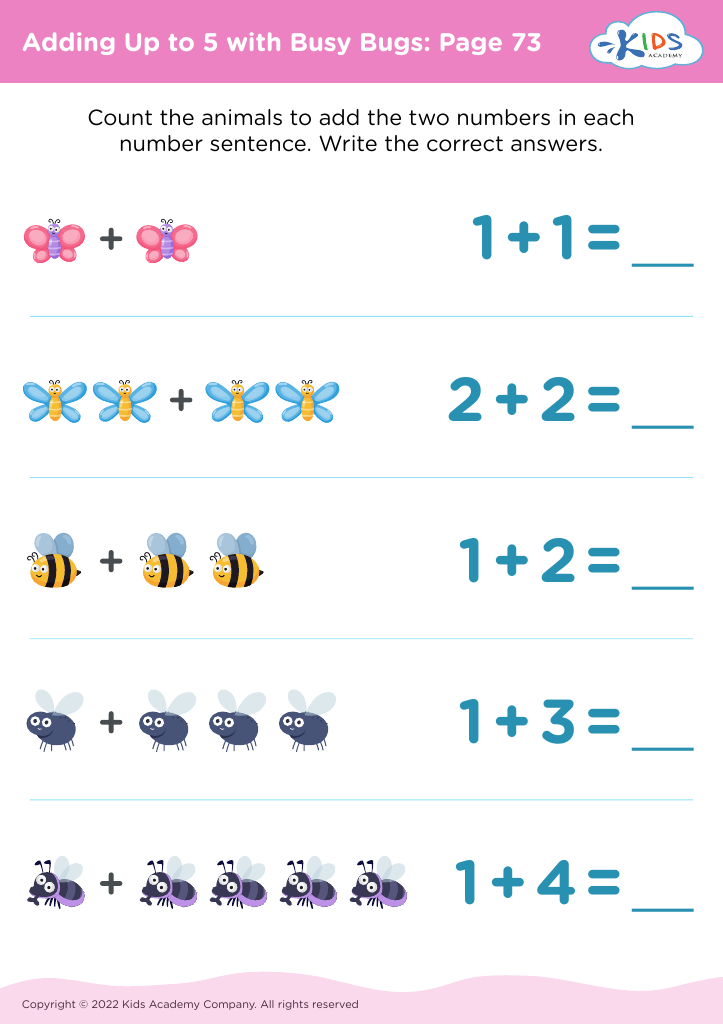
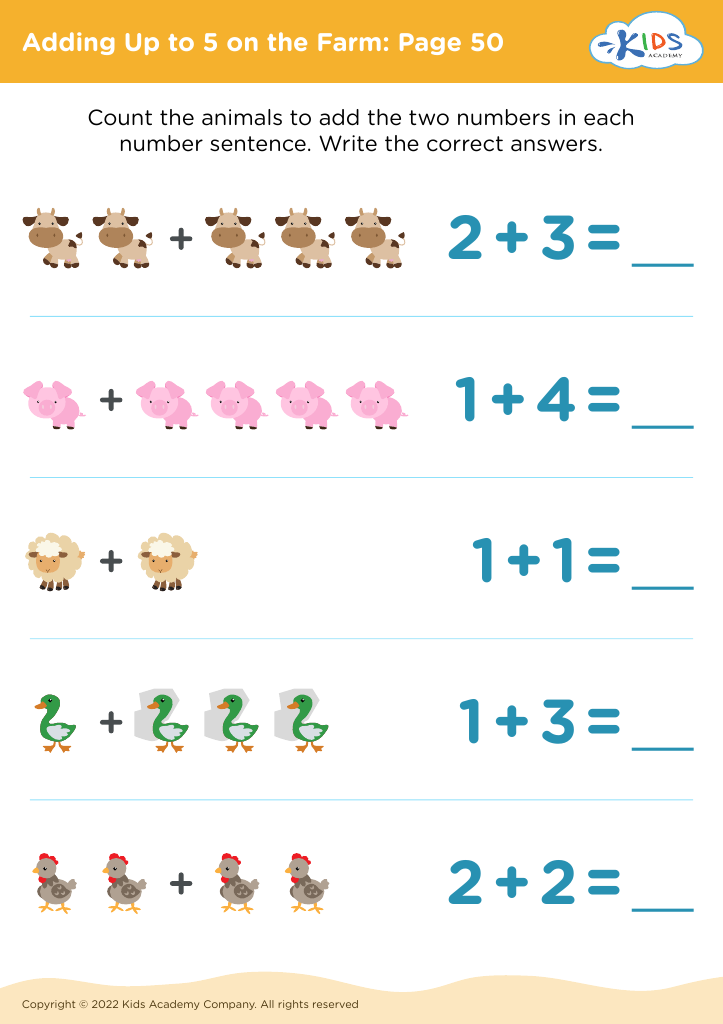
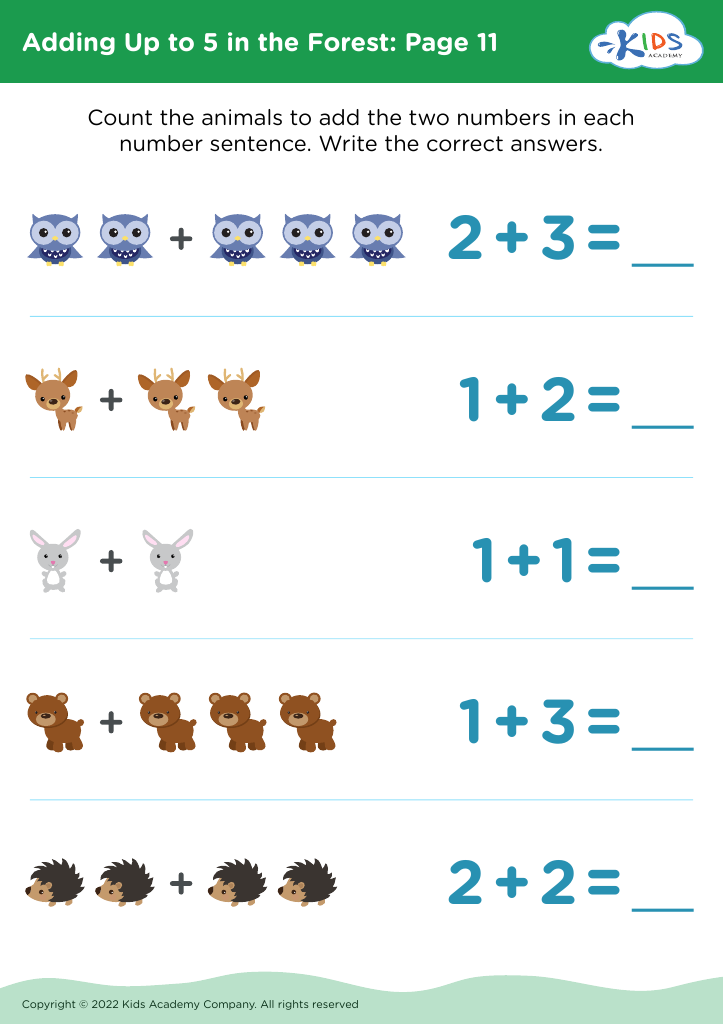
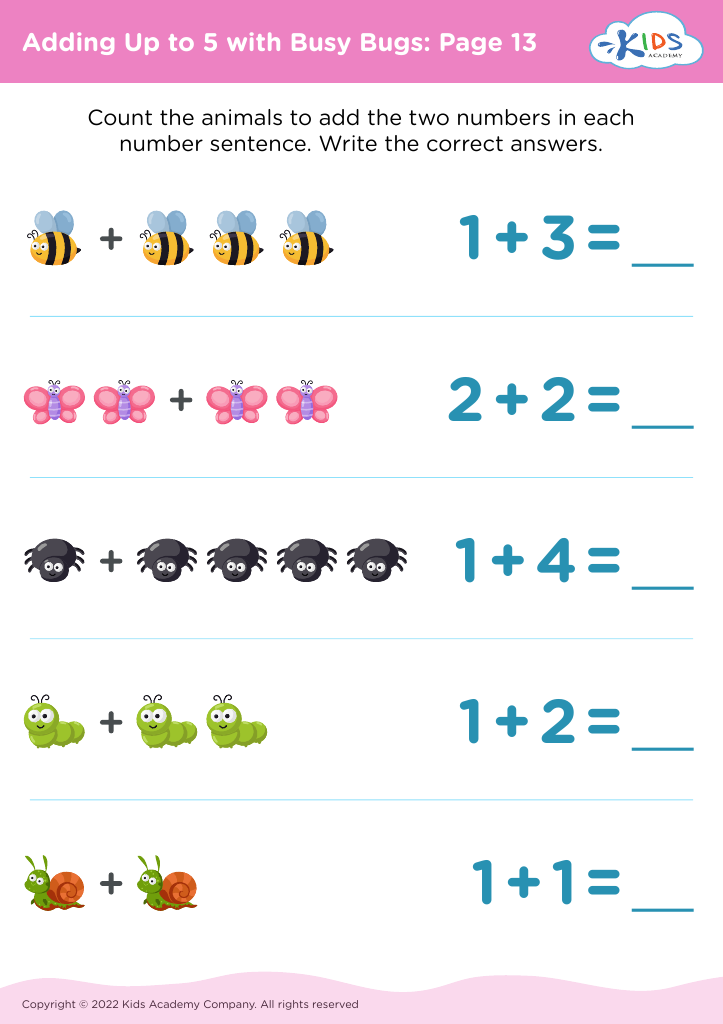


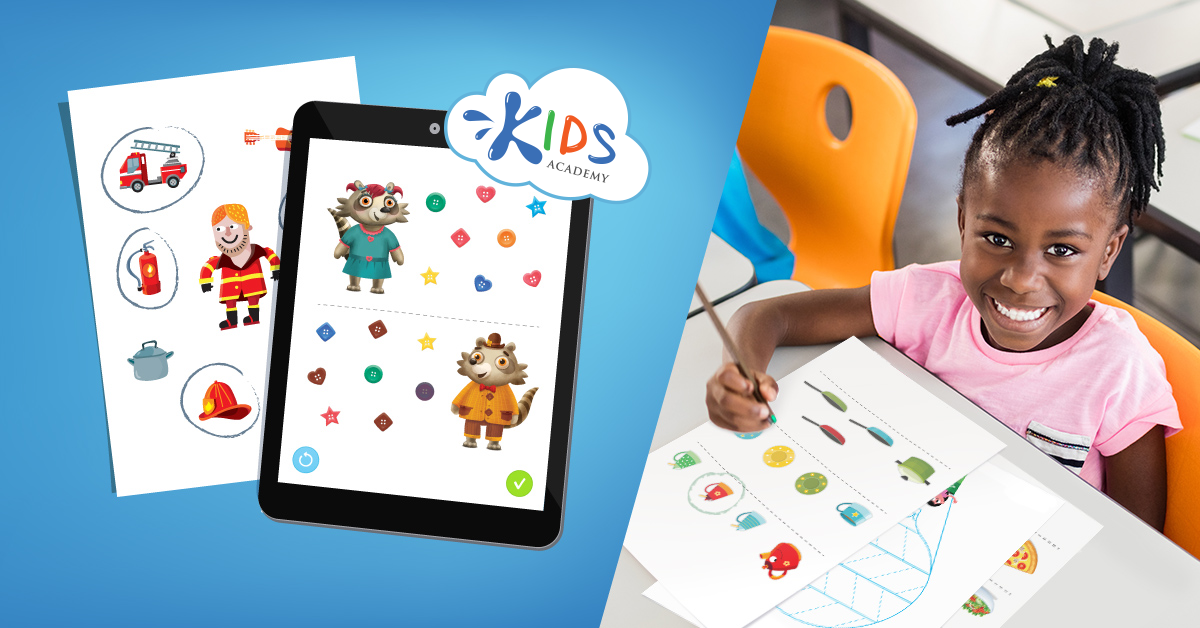




.jpg)
